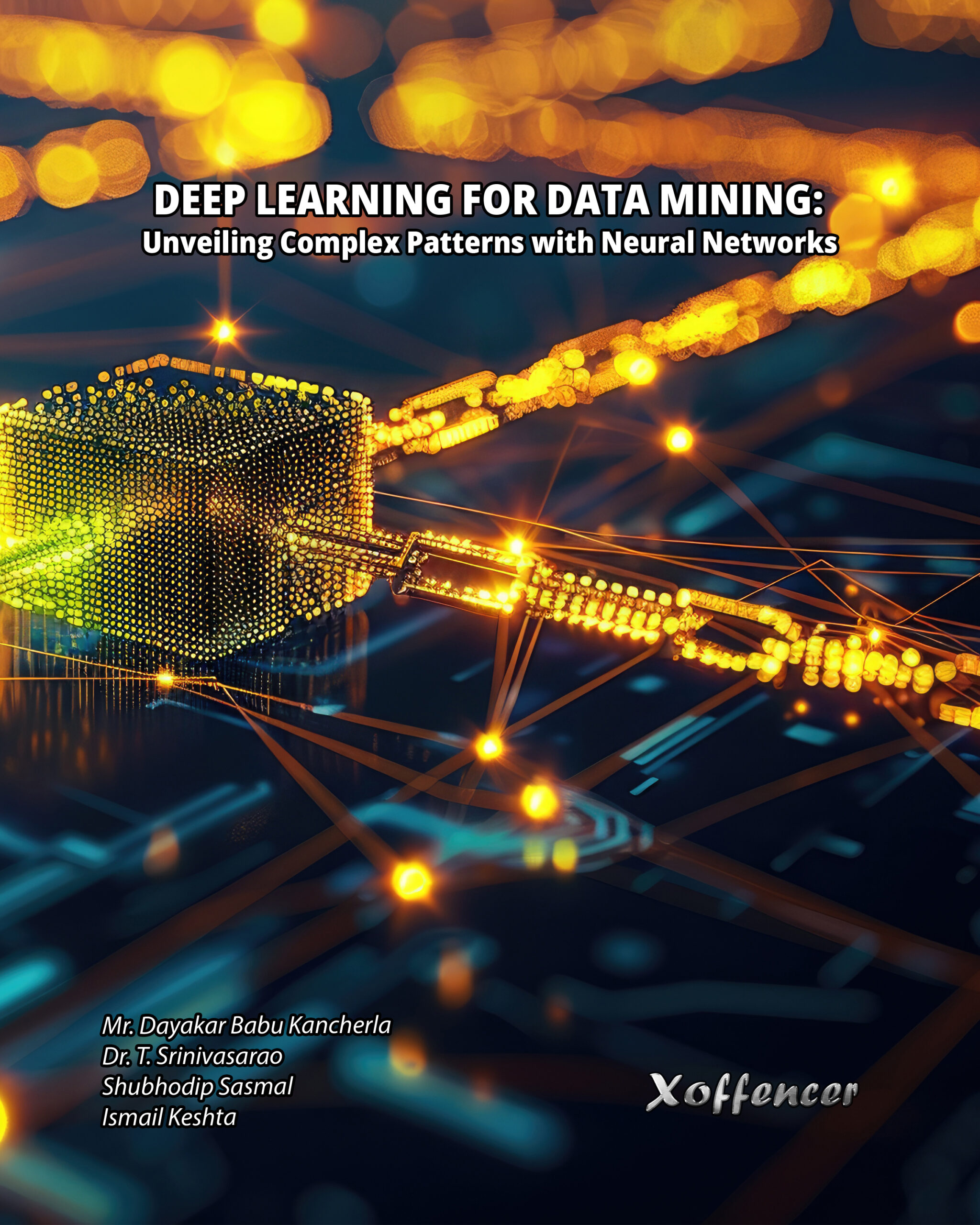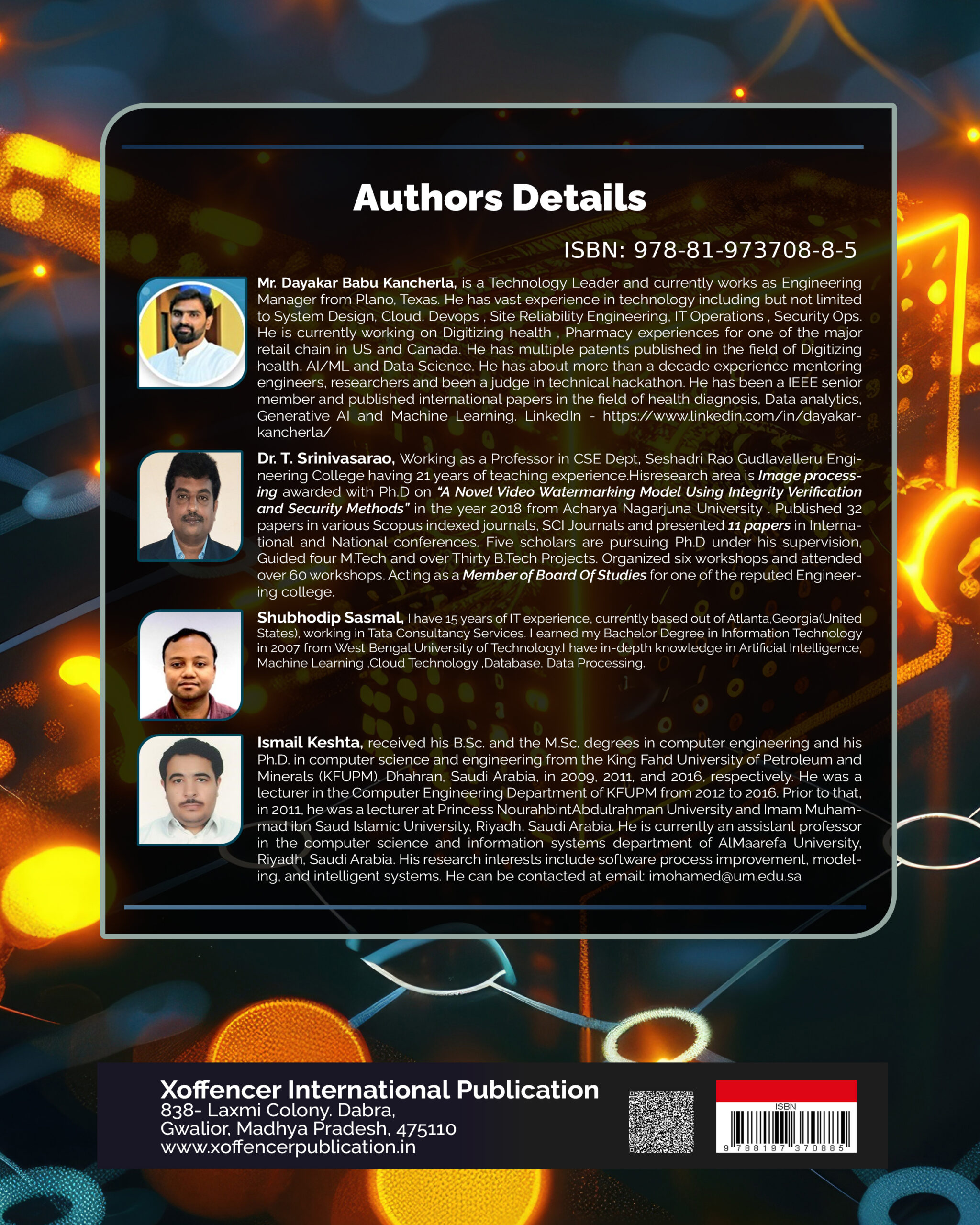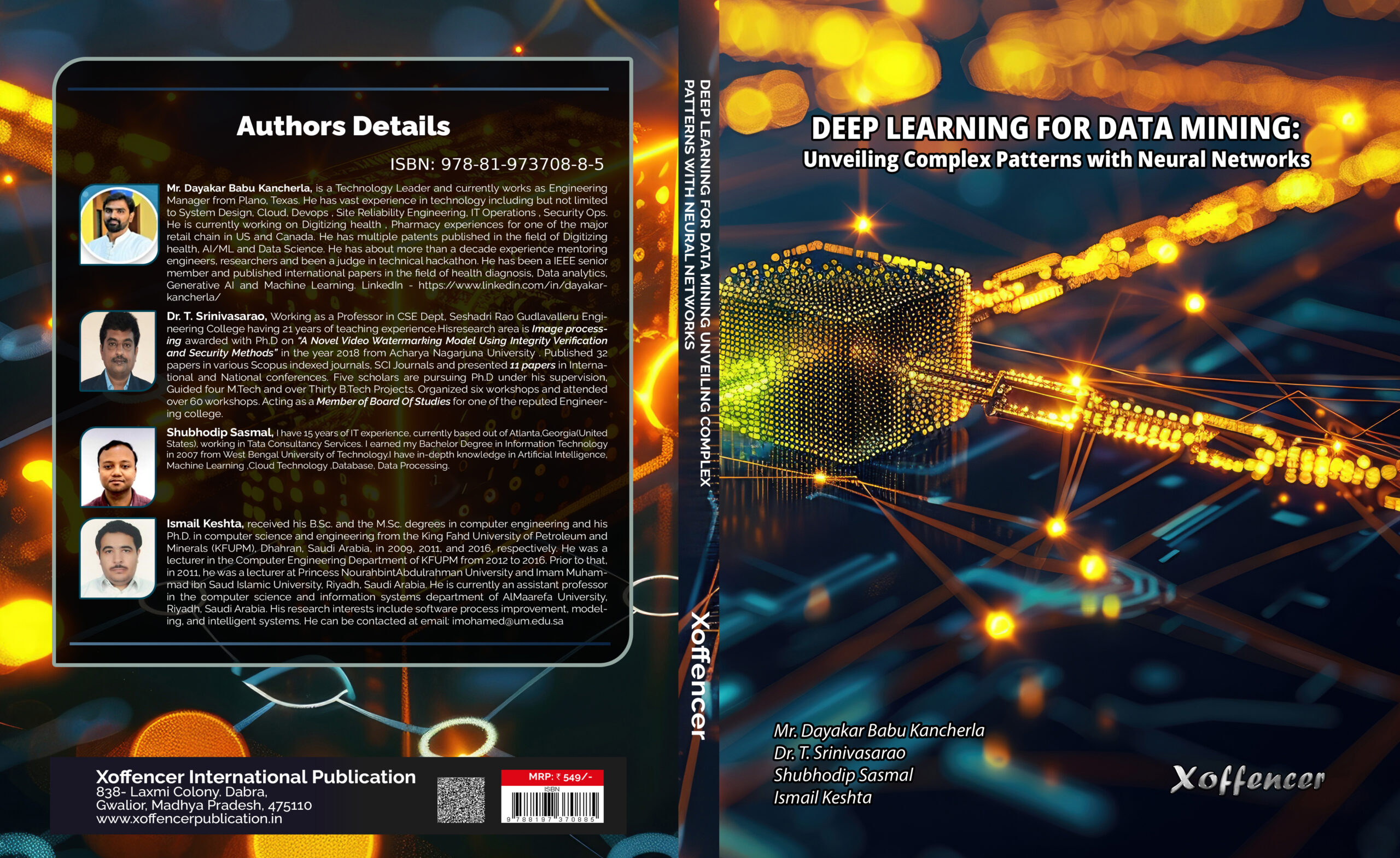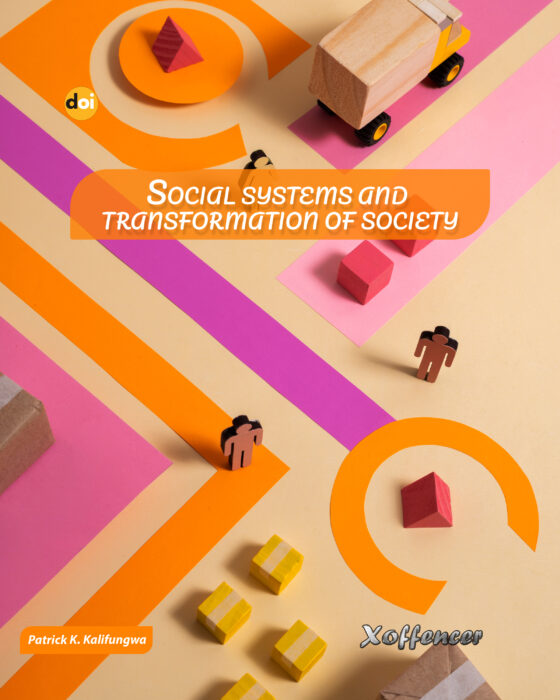Description
Deep learning has brought about a revolution in the area of data mining by providing strong tools that can be used to discover intricate patterns and invaluable insights hidden inside massive datasets. Deep learning is based on neural networks, which are a kind of artificial intelligence that simulates the structure of the human brain in order to process information in layers. This allows for the identification of detailed patterns and correlations that may be missed by typical mathematical methods. The ability of neural networks to handle high-dimensional input, such as pictures, text, and audio, is a strength that makes them vital for jobs that need complex pattern recognition. Neural networks do this by using numerous layers of neurons, each of which is capable of learning various degrees of abstraction. In the field of data mining, the capacity of deep learning to automatically execute feature learning is one of the most important advantages it has. Traditional techniques to data mining often depend on manual feature extraction, which may be a time-consuming process and is constrained by the capabilities of the data scientist in terms of their domain experience. In particular, convolutional neural networks (CNNs) and recurrent neural networks (RNNs) are very effective in extracting important characteristics from raw data. Deep learning models are also capable of doing this. Recurrent neural networks (RNNs) are better suited for sequential data and excel in tasks like as natural language processing and time-series forecasting. Convolutional neural networks (CNNs) are highly successful for spatial data, which makes them the go-to option for image analysis. In addition, deep learning models have shown amazing skills in the areas of anomaly detection, grouping, and classification, all of which are key jobs in the field of data mining. Unsupervised learning paradigms, like as autoencoders and generative adversarial networks (GANs), make it possible to uncover underlying data structures without the need for explicit labeling. This provides a reliable method for identifying anomalies and clustering data points that are similar to one another. On the other hand, supervised learning approaches, which are backed by big datasets that have been labeled, have reached state-of-the-art performance in classification tasks, further strengthening the role that neural networks play in predictive analytics. Another factor that has contributed to the acceleration of the use of deep learning into data mining is the availability of enormous datasets and the advancements in computer capacity. The training of sophisticated neural networks on enormous datasets was previously unfeasible; but, thanks to high-performance graphics processing units (GPUs) and distributed computing frameworks, this has becoming possible.













Reviews
There are no reviews yet.